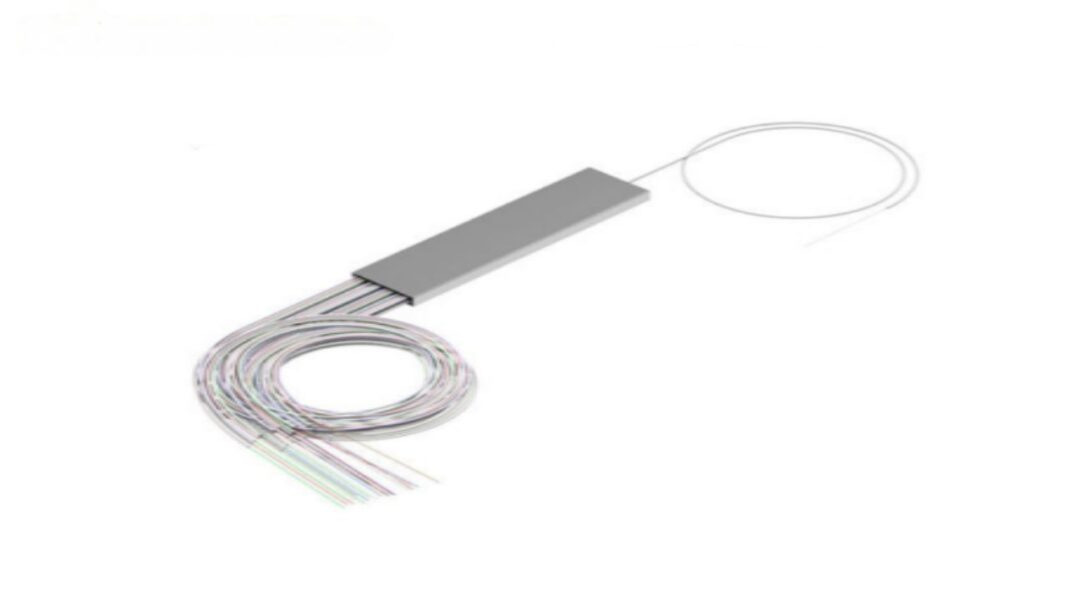In the realm of high-speed data communication, fiber optics hold an undisputed position. The two leading types, single-mode and multimode fibers, differ in capabilities and suitabilities, requiring careful consideration for their varied applications. Visit the www.bonelinks.com to learn more.
Unraveling Single-mode Fiber Optics
Single-mode fiber optics are a preferred choice for delivering high-speed data over long distances. Thanks to their singular light pathway, they nullify modal dispersion, ensuring an unblemished signal even over extensive spans.
The ability of single-mode fiber optics to transmit data for as long as 100 kilometers without compromise on signal quality is one of their most celebrated advantages. They also promise higher bandwidth, making them indispensable for bandwidth-hungry applications like advanced 5G networks and extensive cloud computing platforms.
However, these impressive features come with their own set of challenges. Single-mode fibers have a slender core, demanding pinpoint alignment during installation. This precision, while promising optimal performance, leads to higher setup costs. The equipment for single-mode fibers also tends to be more expensive. Therefore, while single-mode fibers excel in long-range and high-capacity applications, they may not be ideal for short-range implementations where budget constraints are present.
Decoding Multimode Fiber Optics
On the flip side, multimode fiber optics find their niche in shorter-distance deployments. They feature a broader core, which permits multiple light pathways or modes to travel concurrently.
Lower costs and ease of installation are significant draws for multimode fibers. Their larger core size offers a certain level of leniency in alignment, simplifying the installation process. Additionally, multimode-compatible equipment usually costs less, making them a more economical choice for short-haul requirements.
However, multimode fibers fall short in distance capabilities when compared to their single-mode counterparts, typically being limited to just a few kilometers. Their allowance for multiple light pathways can result in modal dispersion, ultimately reducing the bandwidth. Thus, while multimode fibers shine in budget and short-range applications, they might not hold up to the demands of high-speed, long-range needs.
Selecting the Ideal Fiber Optics Supplier
The journey to choosing the right fiber optics doesn’t end with understanding the project or application needs and the attributes of each fiber type. The supplier’s competence, product quality, and post-sales service are equally pivotal.
A competent supplier is not just well-versed in both single-mode and multimode fibers, but can also offer guidance tailored to your specific needs. They should boast a portfolio of high-quality products and provide exceptional after-sales support for any post-purchase concerns. Hence, while choosing a supplier, it’s important to evaluate their industry experience, reputation, product offerings, and customer support standards.
Conclusion
To sum up, both single-mode and multimode fiber optics come with distinct benefits and challenges. Single-mode fibers, offering excellent long-range and high-capacity transmission, demand precise alignment and higher investment. Conversely, multimode fibers, being cost-effective and easy to install, provide shorter transmission spans and limited bandwidth. When choosing fiber optics for a project, understanding these nuances and the supplier’s expertise is paramount. The ideal choice will be guided by the specific application, budgetary allocation, and the technical assistance the supplier can extend.








